After an exhilarating bike tour through Buda and Pest, I decided to take a more leisurely approach today with a free walking tour of Buda that I booked through Get Your Guide. This side of the city, with its hills and historic landmarks, is a treasure trove of medieval charm, and exploring it on foot gave me a chance to slow down and truly soak in the atmosphere. From the majestic Buda Castle to the intricate beauty of Matthias Church, the stunning views from Fisherman’s Bastion, and even a visit to the eerie Labirintus where Dracula was once imprisoned, today was filled with fascinating discoveries.
Morning: Discovering the Layers of Buda Castle
If you have been following me for a while, you know that I love to walk the cities I visit. If walking up the hill to the Buda Castle is not for you, then think about taking the Budavári Sikló to the top of the hill. I chose to walk, but about halfway up the hill, and it’s 150+ steps,I was definitely reconsidering the climb. I don’t mind the heat, it is just the humidity that this Arizona desert girl is struggling with. It truly just drains me and I have really been struggling with it since Prague, when the humidity level really increased.
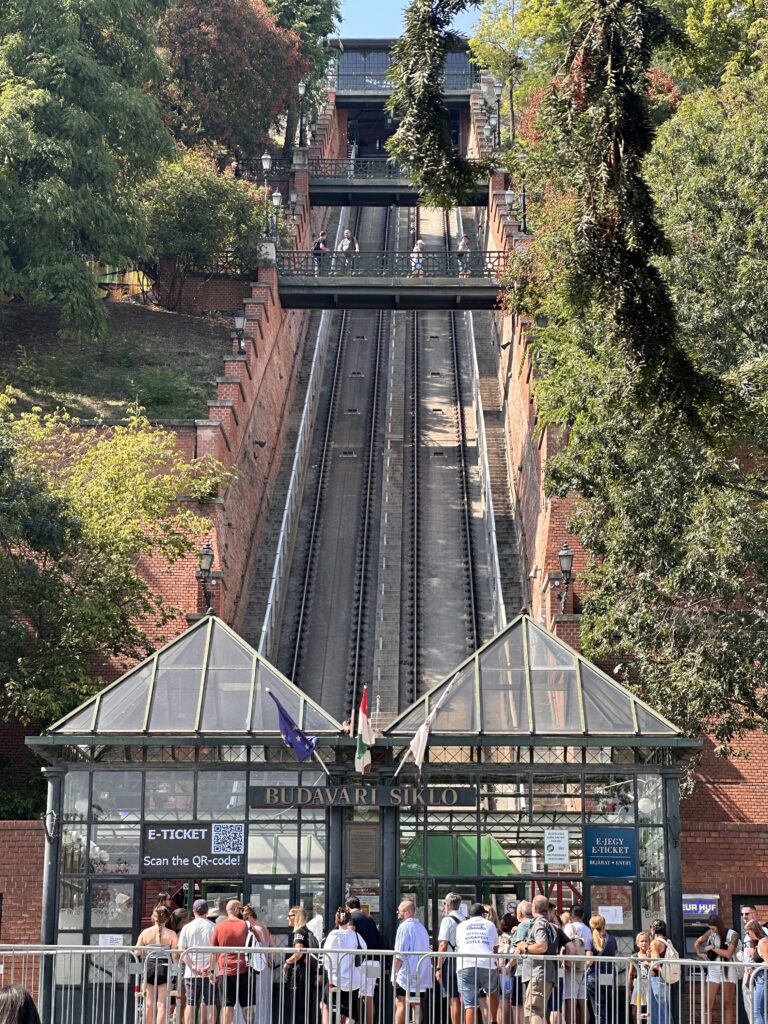
I began my day at Buda Castle, but instead of just marveling at the grandiose structure, I took the time to explore the castle grounds more thoroughly. Buda Castle, also known as the Royal Palace, has a history that dates back to the 13th century. It’s been destroyed and rebuilt several times, each iteration adding a new layer of history and architecture to the complex.
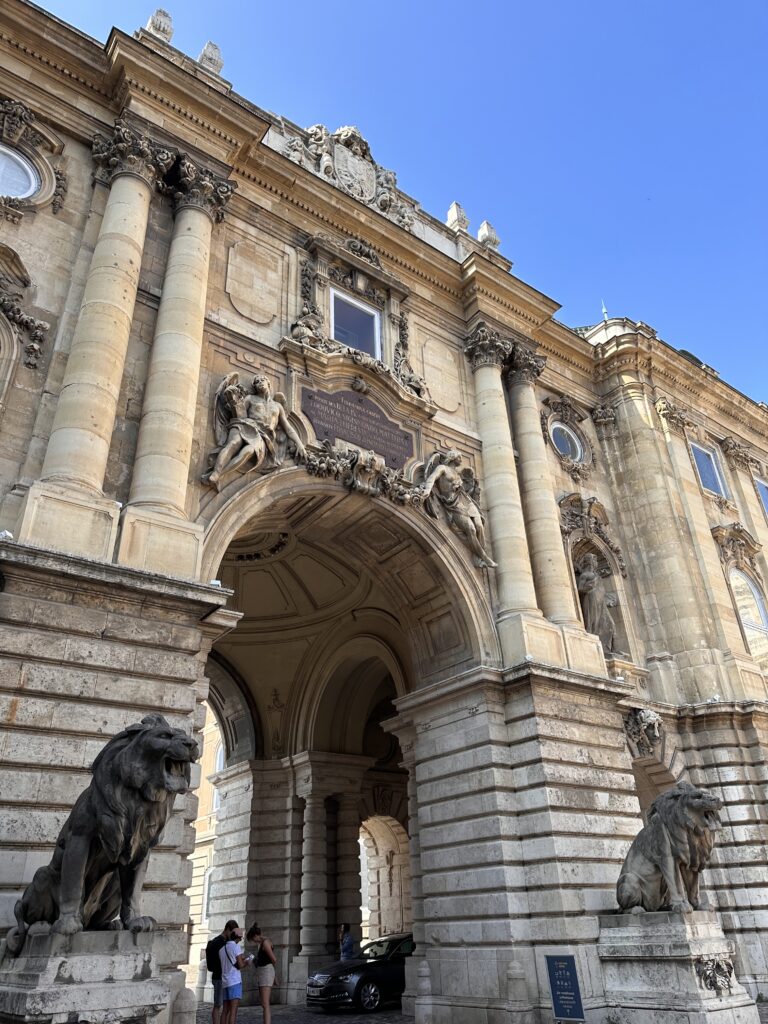
Walking through the castle grounds, I was struck by the mixture of architectural styles—Gothic, Baroque, and Renaissance elements all come together to create a unique, layered look. The castle complex is more than just a palace; it’s a living museum that tells the story of Budapest’s turbulent past. I wandered through the courtyards, taking in the statues and fountains that adorn the space, each one telling a part of Hungary’s history.
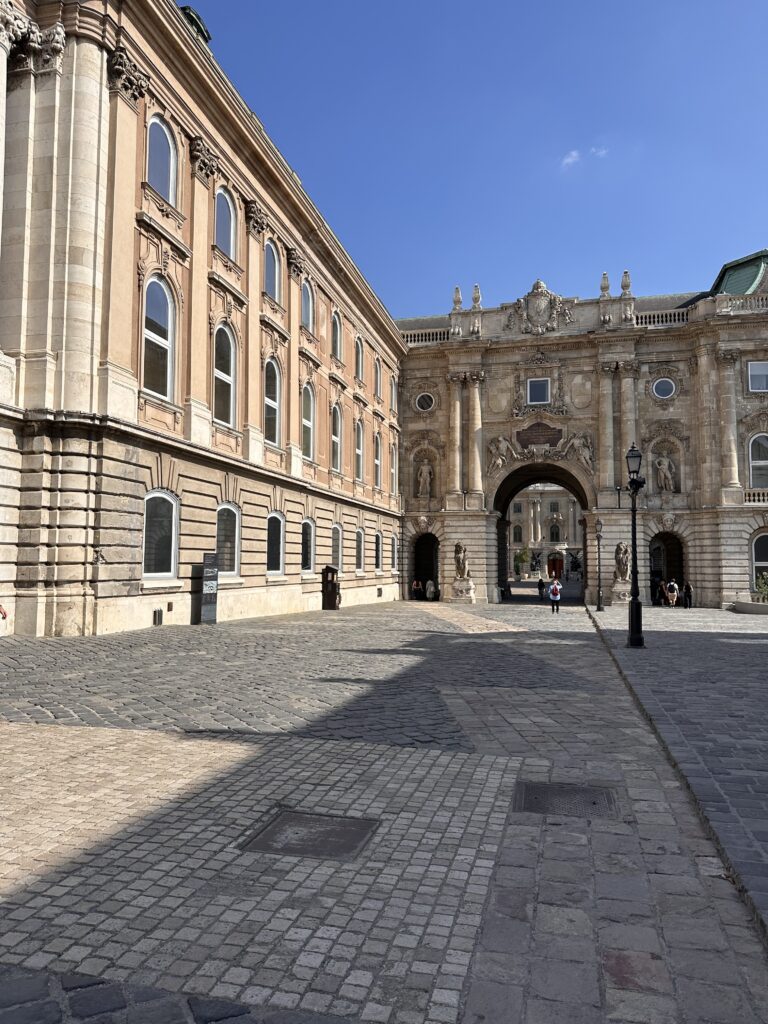
The Matthias Fountain is a must-see—depicting a hunting scene with King Matthias Corvinus, this elaborate Baroque fountain is often referred to as the “Trevi Fountain of Budapest.” It’s a perfect spot for a photo, and the detailed carvings offer a glimpse into the artistic talent of the era.
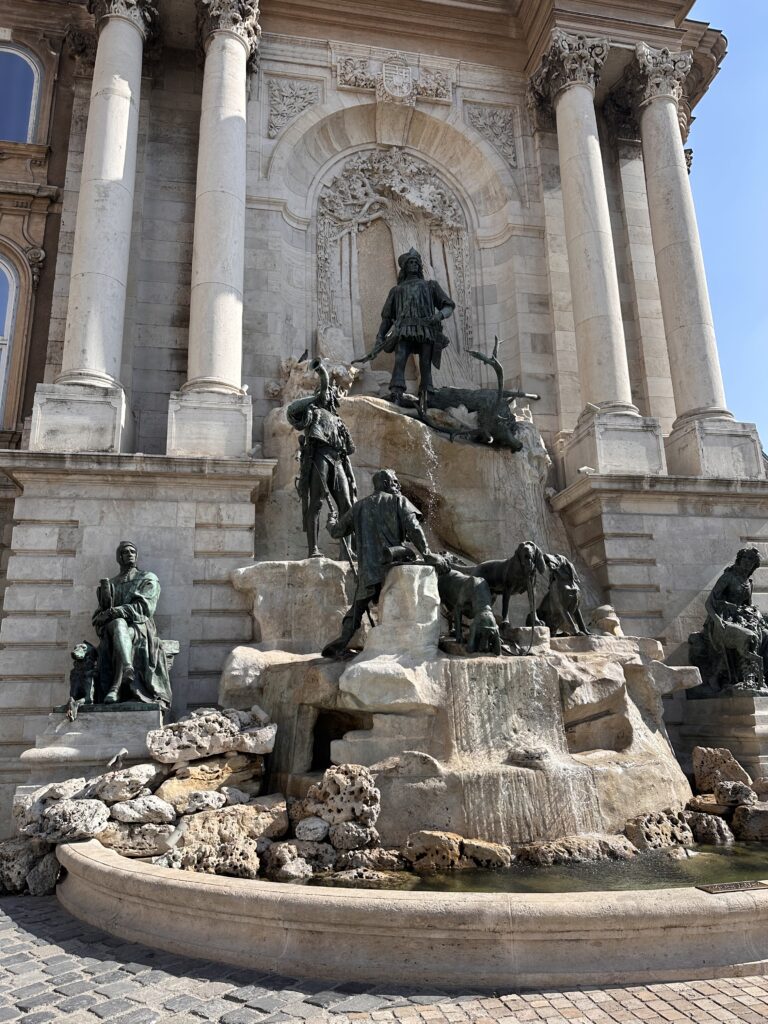
As I explored, I found that the castle grounds are also home to a vibrant community of artists, with galleries and small workshops nestled within the medieval walls. It’s a reminder that Buda Castle isn’t just a historical monument—it’s a living, breathing part of Budapest’s cultural life.
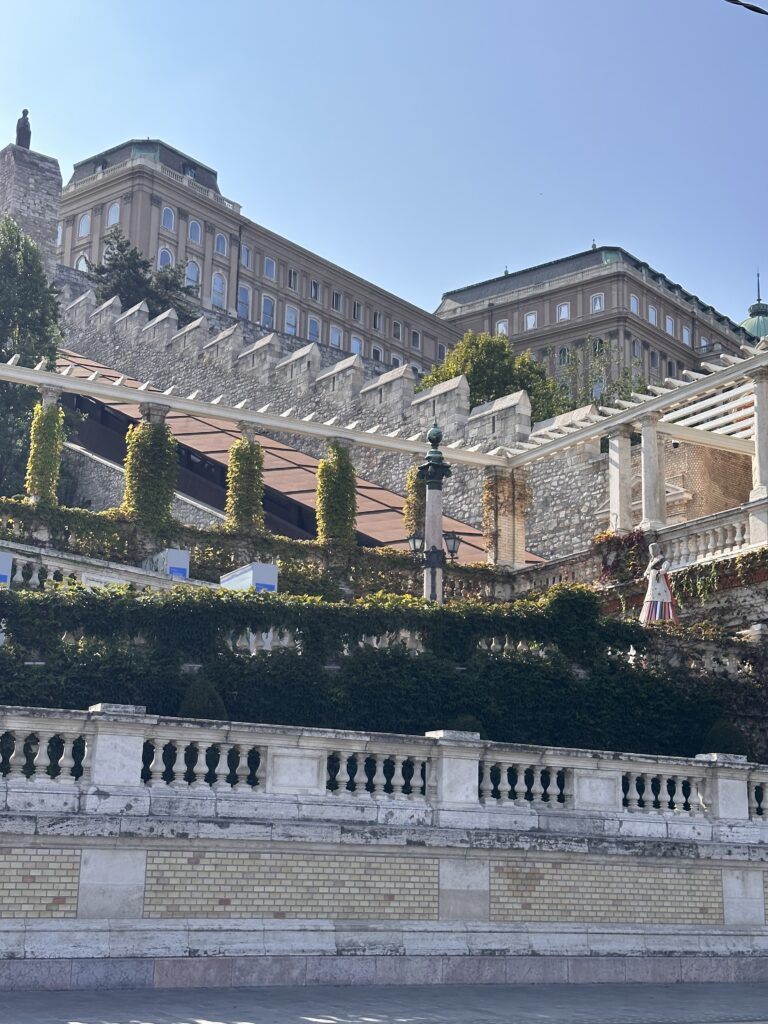
Midday: The Majestic Matthias Church
Next on my walking tour was Matthias Church, one of the most stunning buildings in Budapest. While I had seen it from the outside during my bike tour, today I took the time to delve into its rich history and ornate interior. Originally built in the 11th century, the church we see today is largely a product of the 14th century, with a major restoration in the 19th century that added its distinctive neo-Gothic elements.
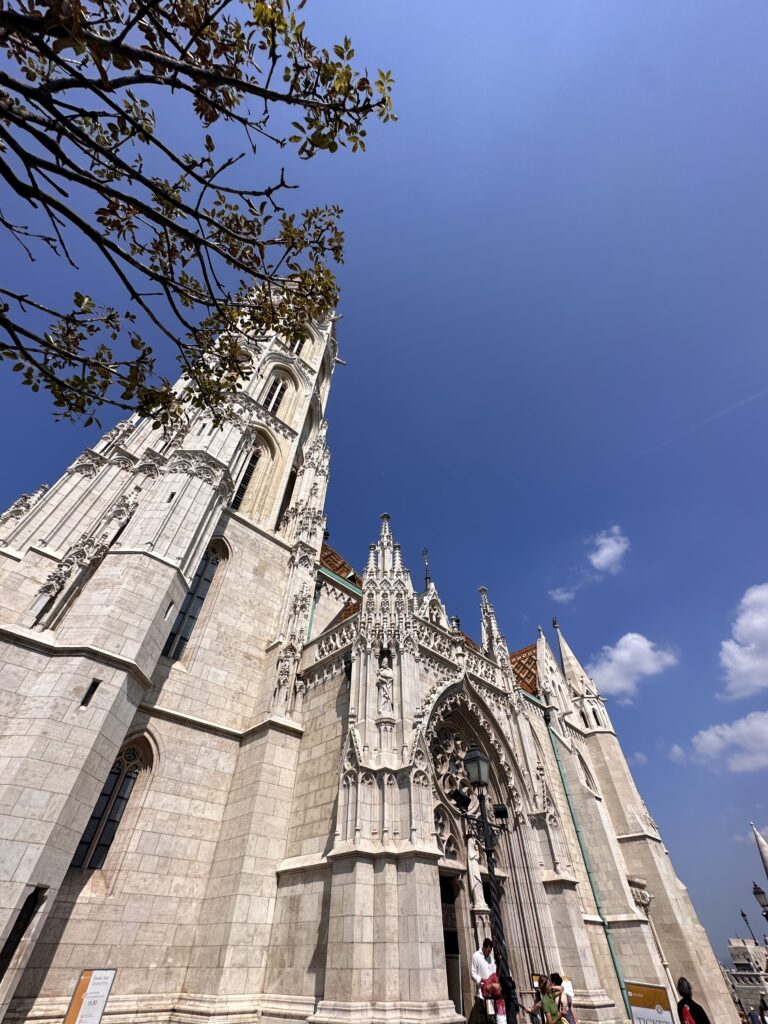
What makes Matthias Church truly special is its role in Hungarian history. This is where several kings were crowned, including the famous King Matthias, after whom the church is named. The church has also witnessed many important events, including royal weddings and state ceremonies.
Stepping inside, I was immediately captivated by the colorful frescoes that cover the walls and ceilings. The interior is a riot of color, with intricate patterns and scenes from the Bible and Hungarian history. The church also houses a museum with a fascinating collection of medieval artifacts, including replicas of the Hungarian crown jewels.
One of the most unique features of Matthias Church is its Zsolnay tile roof—the vibrant ceramic tiles shimmer in the sunlight, giving the church an almost magical appearance. It’s one of those details that make the building stand out in a city full of stunning architecture.
A Descent into Darkness: Visiting the Labirintus
After exploring the splendor of Matthias Church, I made my way to one of Buda’s more mysterious attractions—the Labirintus, a sprawling network of caves and tunnels beneath Buda Castle. These caves have been used for various purposes throughout history, including as a refuge during wars, a wine cellar, and, most infamously, as a prison.
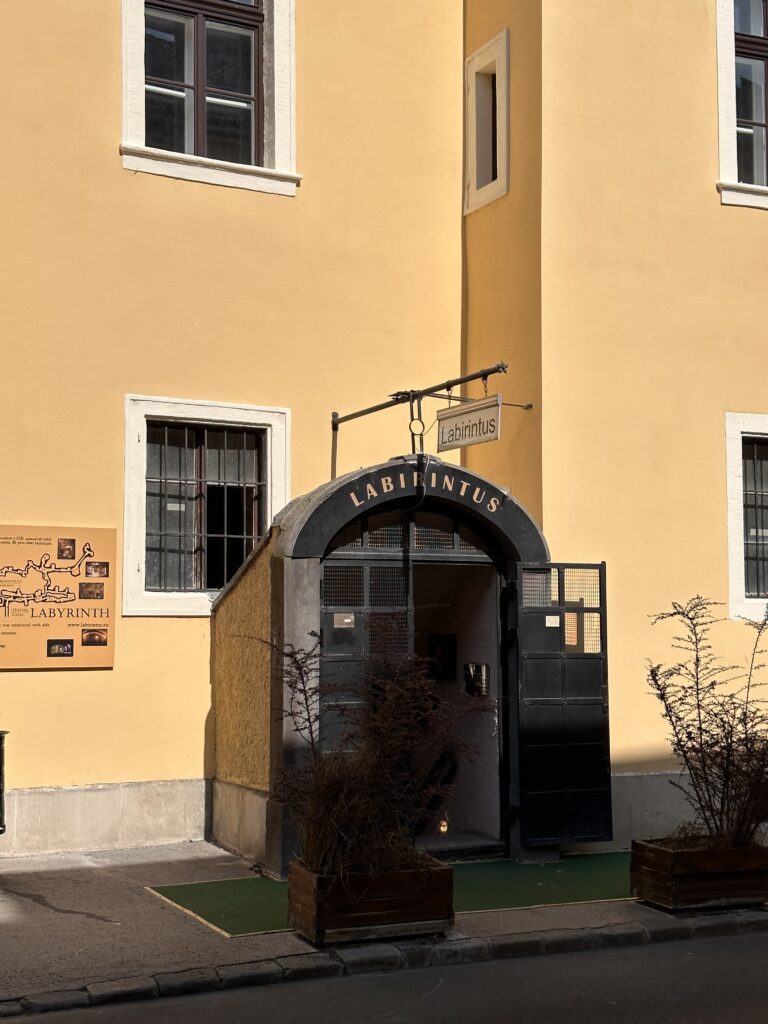
One of the most chilling stories associated with the Labirintus is that it was the place where Vlad the Impaler, the real-life inspiration for Dracula, was imprisoned by King Matthias Corvinus in the 15th century. Walking through the dimly lit tunnels, it’s easy to imagine the fear and isolation felt by those who were held here. The eerie atmosphere is heightened by the sound effects and the occasional life-sized wax figure lurking in the shadows.
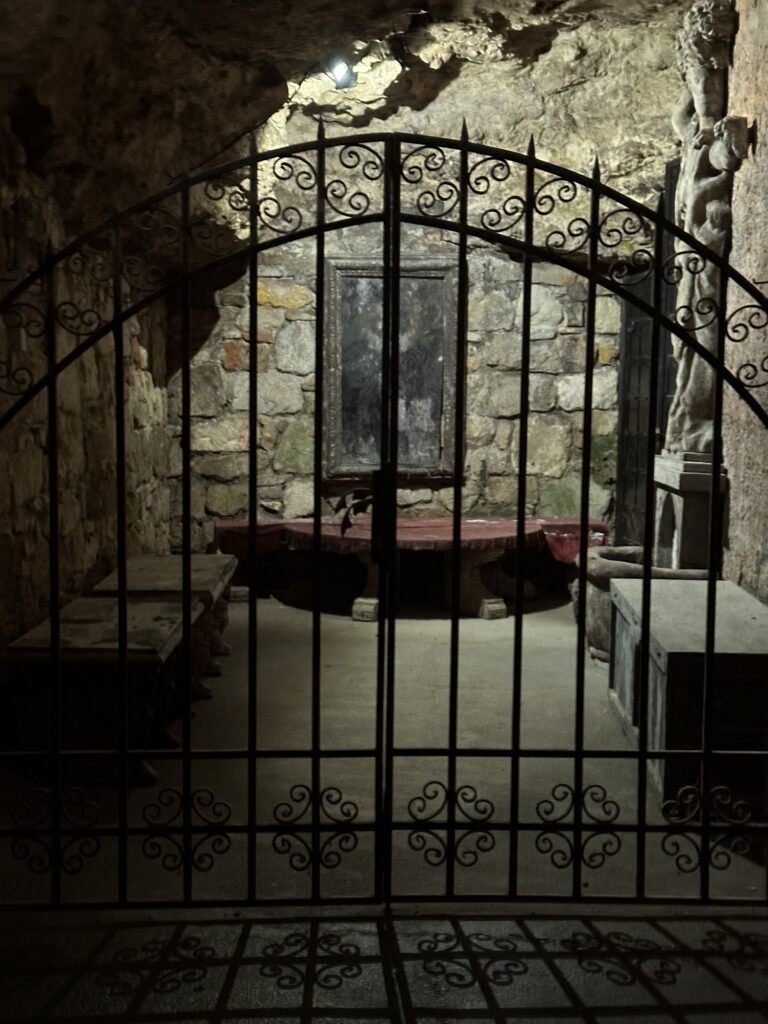
The Labirintus offers a fascinating glimpse into the darker side of Budapest’s history, blending fact with legend. While the connection to Dracula adds an element of intrigue, the caves themselves are a testament to the city’s resilience, having withstood centuries of use and adaptation.
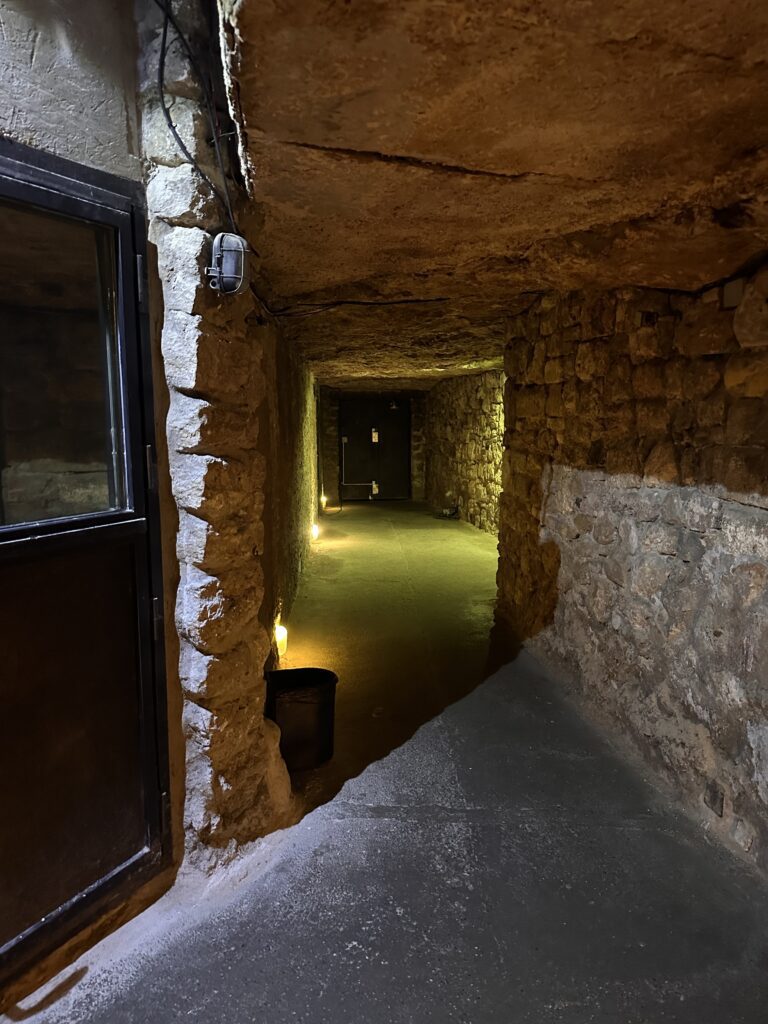
Afternoon: Panoramic Views from Fisherman’s Bastion
No visit to Buda is complete without a stop at Fisherman’s Bastion. This fairytale-like terrace offers some of the best panoramic views of Budapest, with the Danube River, Parliament Building, and Pest’s skyline spread out before you. The Bastion was built in the early 20th century as a viewing platform, and its neo-Gothic and neo-Romanesque architecture is both whimsical and grand.
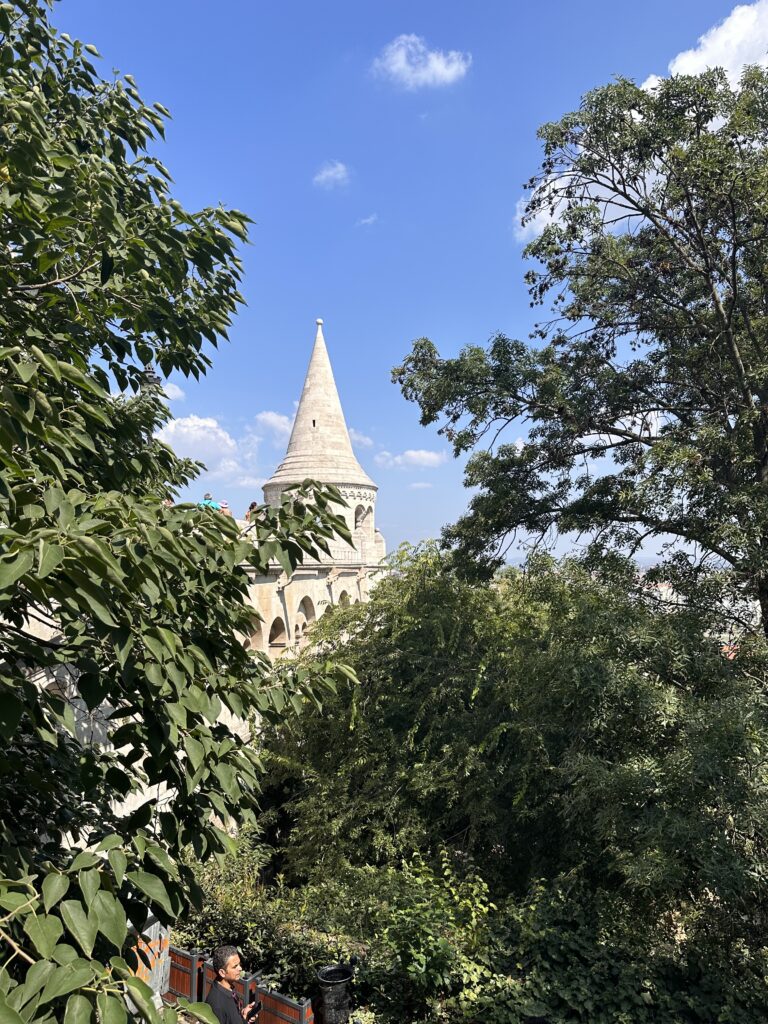
The name “Fisherman’s Bastion” comes from the guild of fishermen who were responsible for defending this stretch of the city walls in the Middle Ages. Today, it’s a favorite spot for both tourists and locals, offering not only incredible views but also a place to relax and take in the beauty of Budapest.
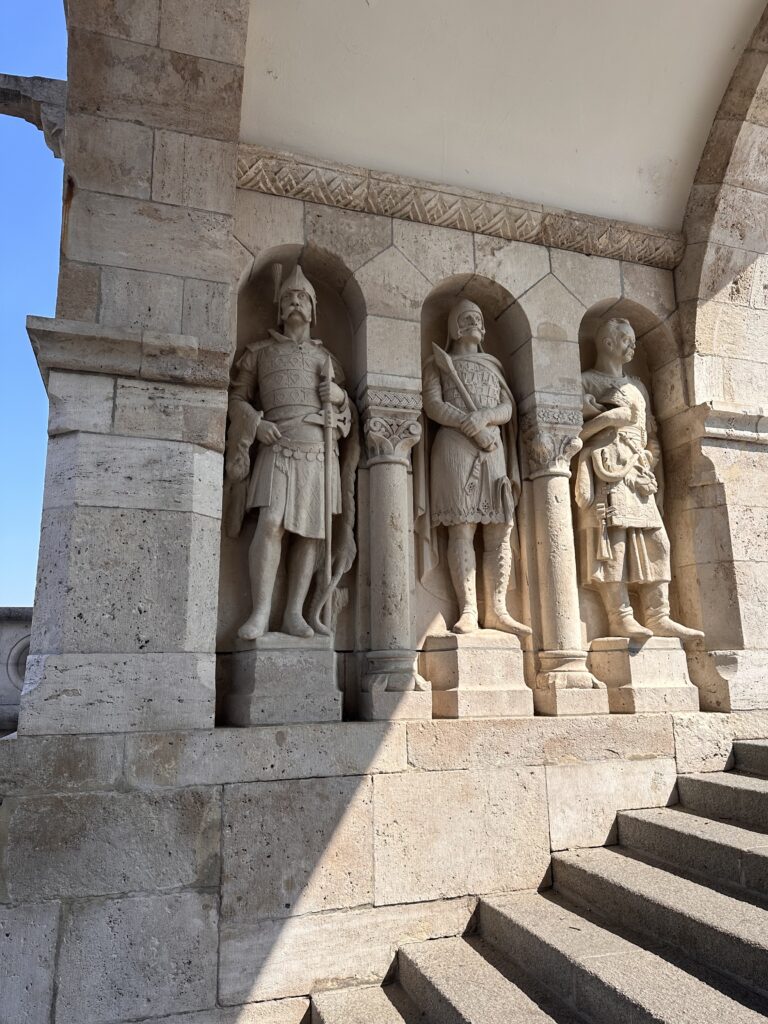
As I wandered along the terraces, I couldn’t help but feel like I was in a storybook. The seven turrets of the Bastion represent the seven Magyar tribes that settled in the Carpathian Basin, and each turret offers a different perspective on the city below. I found a cozy spot, sat down with a coffee from a nearby café, and just enjoyed the moment—watching the boats glide along the Danube and the city bustling below.
Evening: Exploring the Castle District’s Hidden Gems
After taking in the views from Fisherman’s Bastion, I spent the evening wandering through the Castle District. This area is a maze of cobblestone streets, medieval houses, and hidden courtyards. It’s easy to lose yourself here, and that’s exactly what I did—exploring without a map, letting curiosity guide me.
The Castle District is full of surprises, from quaint cafes and artisan shops to quiet squares where you can sit and watch the world go by. One of my favorite discoveries was Táncsics Mihály Street, a narrow lane lined with historical buildings, each with its own story to tell. The street is named after Mihály Táncsics, a Hungarian writer and revolutionary who was imprisoned here during the 1848-49 revolution.
As the sun set, casting a warm glow over the stone buildings, I made my way back to the hostel, content after a day of discovery. Walking through Buda gave me a deeper appreciation for this side of the city—its history, its charm, and the way it seamlessly blends the past with the present. Tomorrow, it’s back to exploring more of Budapest, but today’s stroll through Buda will be a memory I cherish for a long time.

